East China's Jiangsu Province has incorporated 13 assisted reproductive medical services and painless delivery into its medical insurance system starting Monday. This move makes Jiangsu the 11th provincial-level region in China to alleviate financial pressure on childbearing parents by reimbursing medical bills for assisted reproductive technology (ART) services, aiming to encourage childbirth.
By the end of 2023, Beijing, South China's Guangxi Zhuang Autonomous Region, Northwest China's Gansu Province, and North China's Inner Mongolia Autonomous Region had already included ART procedures in their medical insurance reimbursement systems. Subsequently, medical insurance departments in East China's Shanghai, Zhejiang, Jiangxi, Shandong, Northwest China's Qinghai Province, and Xinjiang Uygur Autonomous Region followed suit, incorporating ART services into their medical insurance coverage.
In June 2023, the National Healthcare Security Administration issued a trial guide on the pricing of ART services, categorizing and integrating various ART items into 12 categories. This initiative has prompted 24 provinces to integrate ART items in accordance with the guide, with 23 provinces shifting from market-oriented pricing to government-guided pricing methods.
In compliance with the National Healthcare Security Administration's guidelines, Jiangsu's provincial medical insurance and health departments standardized and unified existing ART medical service items. They introduced new items and established pricing for these services.
The medical insurance fund now covers essential ART procedures such as artificial insemination and in vitro fertilization (IVF). For patients covered by employee medical insurance and resident medical insurance, the pooled funds will cover 80 percent and 70 percent of their total medical bills, respectively, after upfront self-payment.
Starting July 1, Jiangsu has also included painless delivery services in the scope of basic medical insurance coverage. This step aims to enhance the childbirth experience during the puerperal period and contribute to creating a supportive and friendly social environment for childbirth.









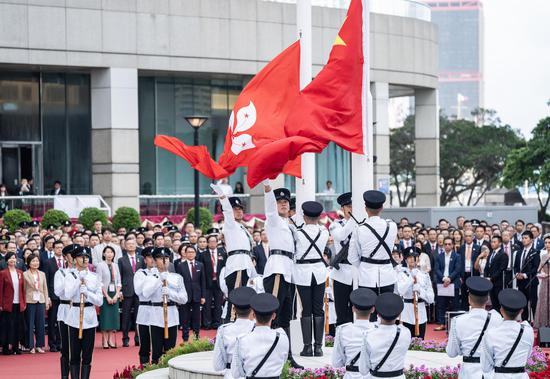






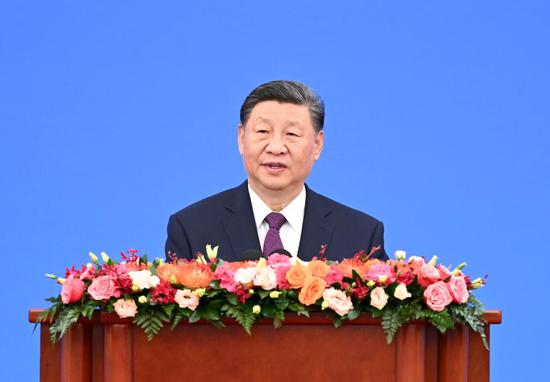

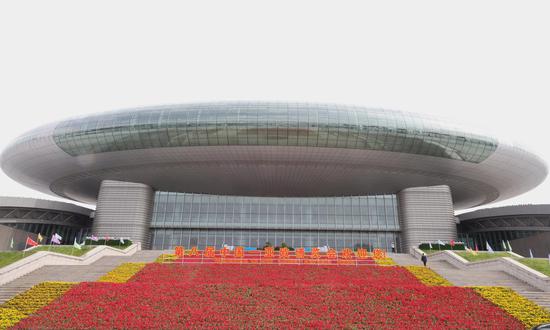





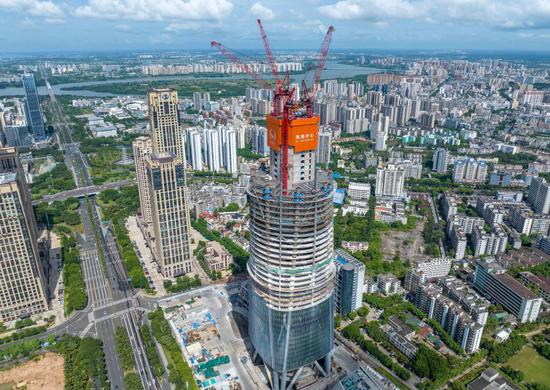



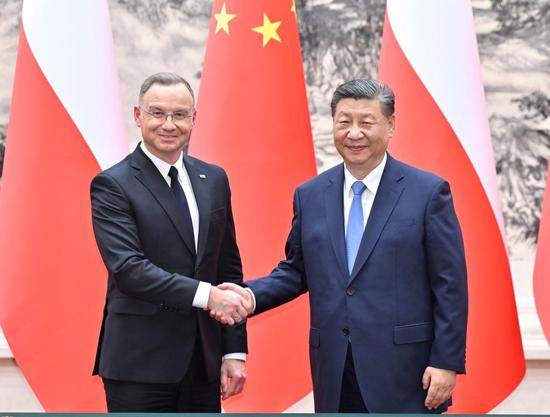






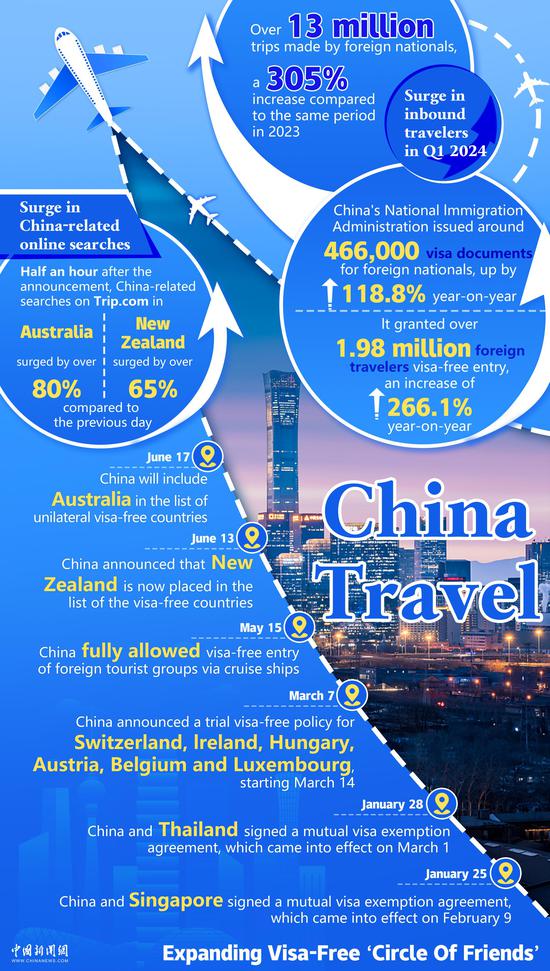






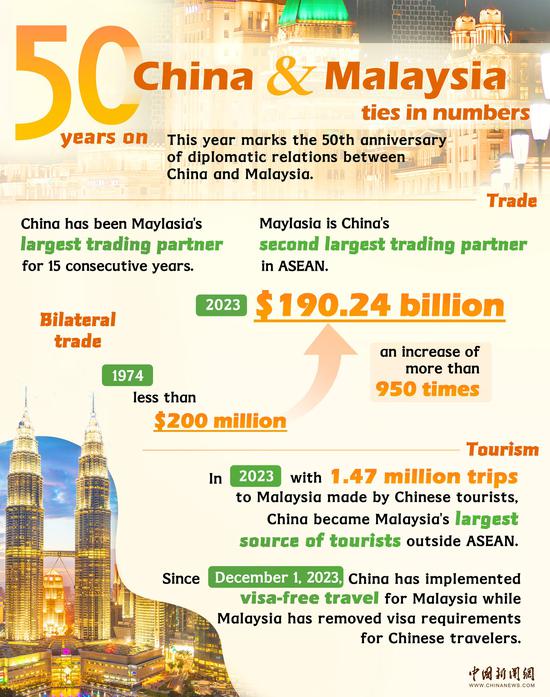







 京公网安备 11010202009201号
京公网安备 11010202009201号
